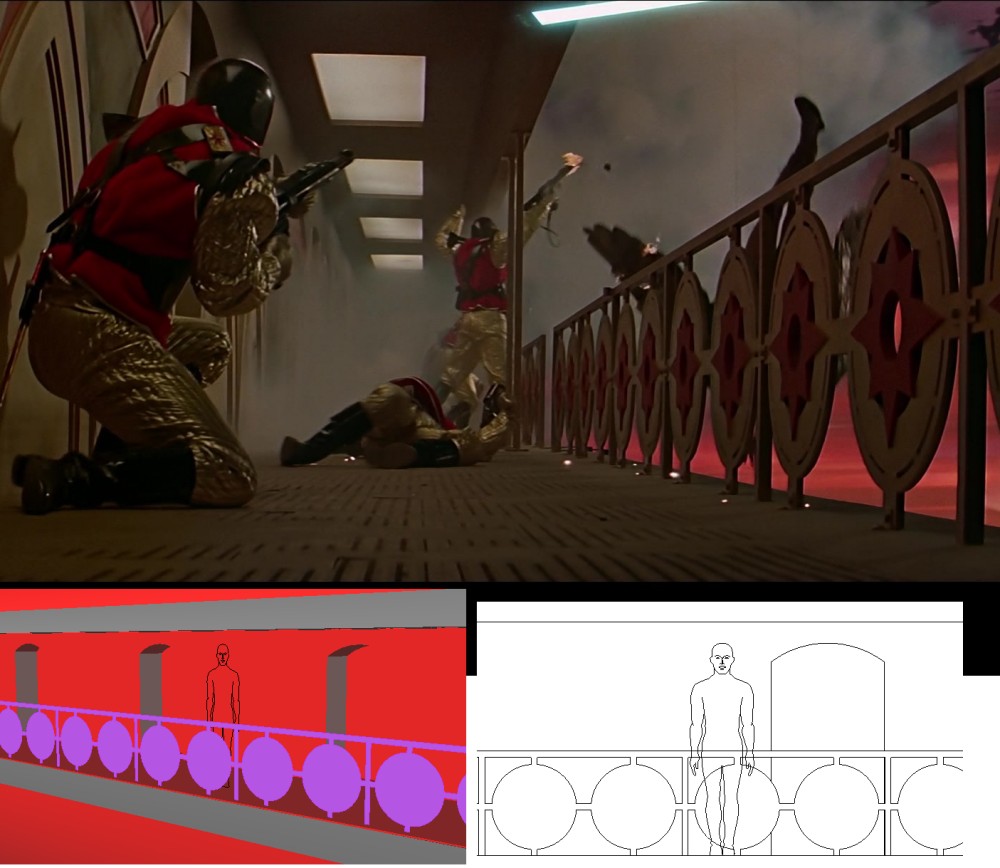Given how it finally turned out, I think I should feel safe in saying that to a great degree I’d like to forget that I ever had anything to do with “Man Conquers Space.” Still and all I *did* do a lot of work on it in the early aughts, and it grates on me that it all went for naught. Well, maybe it’ll provide some minor amusement for some of y’all: my contribution was in the area of launch vehicle, space vehicle and space station design. The plot as of circa 2003 was that the German built the Sanger antipodal bomber, the US caught wind of it and got Robert Goddard to slap together an interceptor (this part of the plot was cribbed *directly* from Allen Steele’s “Goddard’s People,” which makes me wonder if proper permissions to do that were obtained… shrug). As a result of this, history goes different and the “Collier’s” series of space articles from the early 1950’s come to pass. The US lands on the moon in the early 60’s with those giant landers, and on Mars in the late 60’s with those giant gliders. I did some work to try to rationalize how the Collier’s Mars gliders could work given that the Martian atmosphere turned out to be nowhere near as dense as they thought in the 50’s, but IIRC the final decision was to just sorta gloss over that little aeronautical detail.
This much is well known, but the later versions of the MCS movie would have continued the timeline forward to circa 2004. There would be solar power satellites, planetary colonies, lots of space stations and the first space habitats under construction; some discussion was had about maybe showing the start of the first starship, but I don’t think that was ever incorporated.
The design ethic for the post-Colliers vehicles was to be a blending of the purely practical with “it could have evolved from Colliers,” with, at the end, a heaping helping of “2001.” Space stations *resembling* Space Station V, Clavius Base analogs, *bits* of Discovery. The space agency, for example, would not have been NASA, but the NCA.
Still to be found on one of my hard drives are some of the diagrams I was working on for the Ferry Rocket and its descendants. Realistically I think that in a world where the US had gone full-bore into spaceflight in the 1950’s the launch vehicles of 2004 would have been very realistic-futuristic, but the idea was to carry the original Ferry Rocket design ethic forward. So a combination of practical and “that looks cool.”
The evolution of the Ferry Rocket system is shown below. The Mk 2 clearly takes after the Disney designs that followed after the Colliers series. The Mk 3 was, as requested, designed to resemble the Avro Vulcan; the booster is derived from a Martin Nova/Post-Saturn. The Mk 4 was never quite finalized; the booster took after the Boeing AMLLV, and the glider was to be fitted with variable geometry wings. By 2004 the NCA is using the Mk 5 ferry rocket, fully reusable with a first stage booster that would land itself back at the pad much like the Falcon 9. The second stage would go into orbit with the “shuttle” stage and would either be turned into payload (serving as either wet lab, or just chewed up for the raw materials) or would re-enter and again land itself back at the pad. The shuttle stage was to be the most “cool” of the designs, intended to serve in a number of capacities… including as a US Marine Corps “Drop Ship” for troop deployment; this necessitated such slightly unlikely features as VTOL jet lift.
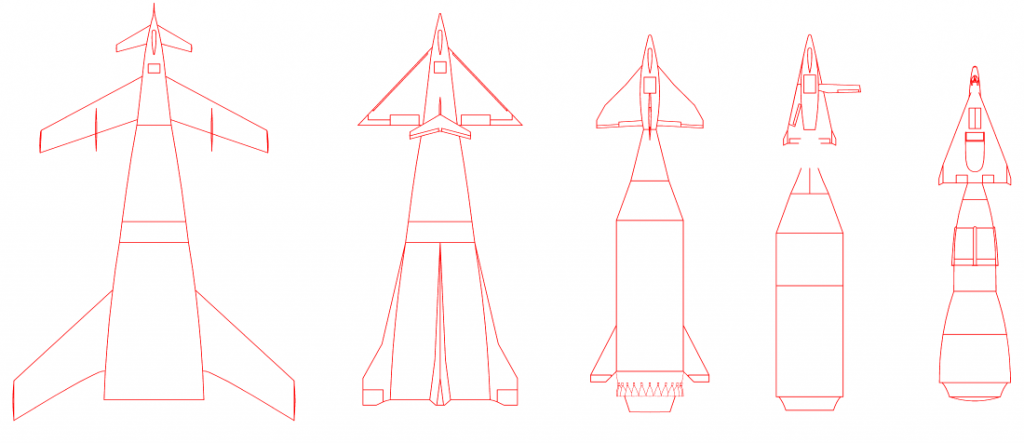
The earlier Mk 3 system went in for a more detailed design and analysis, much of which has been lost in the intervening decade and a half.

In addition to design, I also worked on a number of props. One was a 1/72 scale Mk 1 ferry rocket display model, to be seen (IIRC) in the 1960’s era NCA heads office. This was finished while I still lived in California and shipped – at no small expense – to Australia. Where is it today? Not a clue.
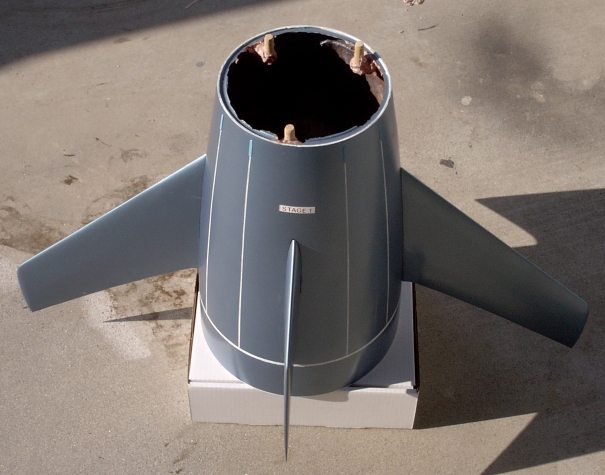
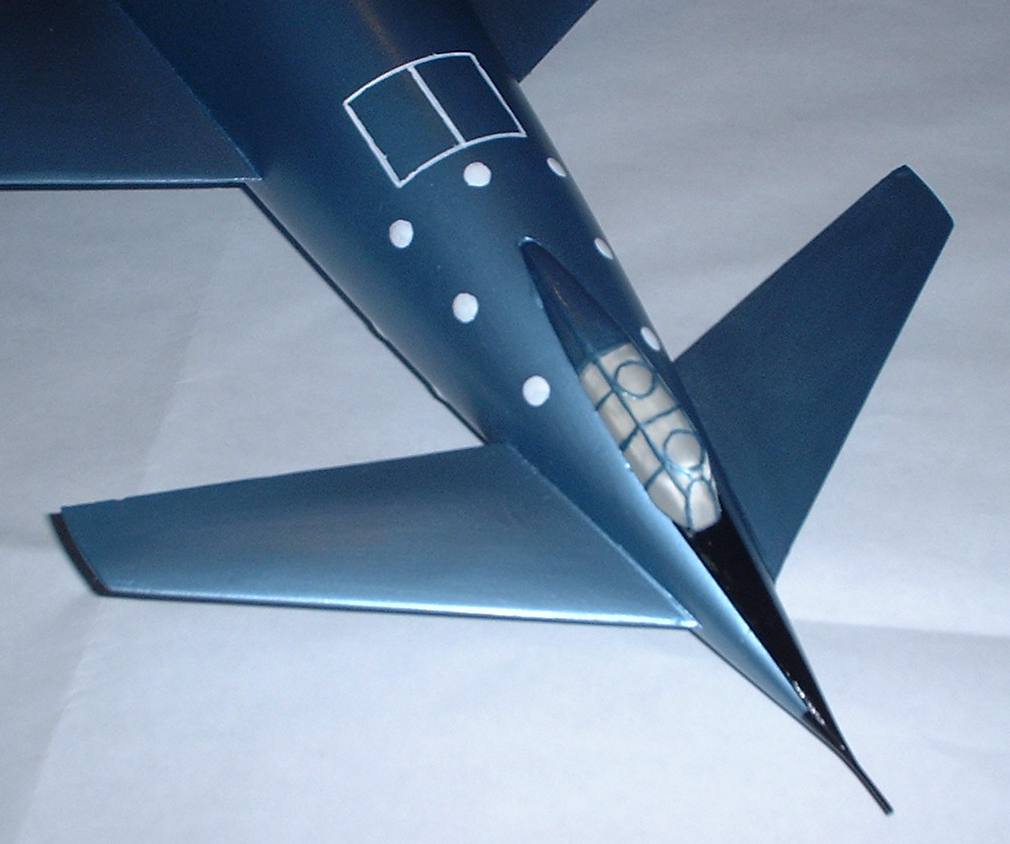
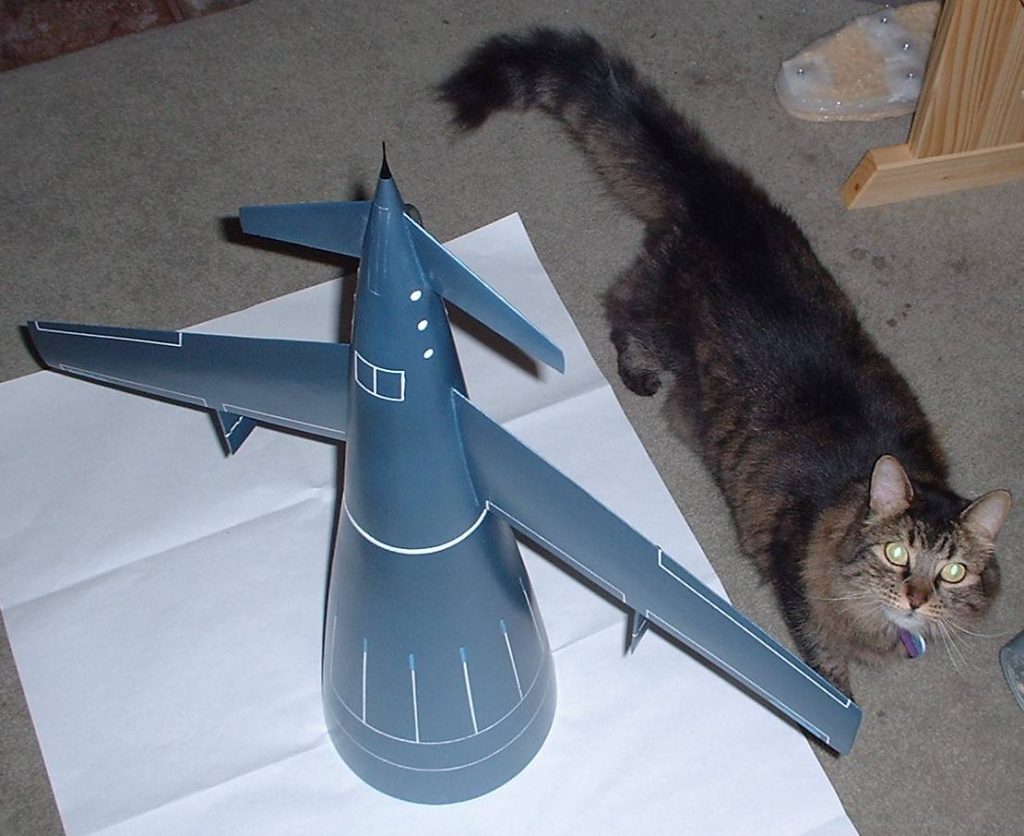
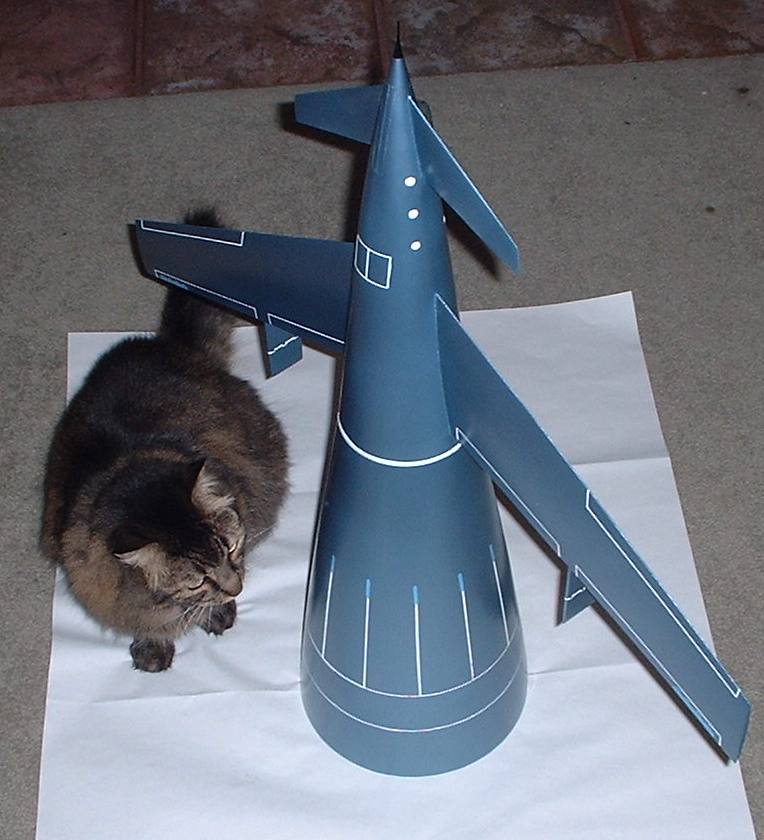
Note the industry standard feline scale reference, the late lamented Koshka. She didn’t know what to make of the Ferry Rocket.
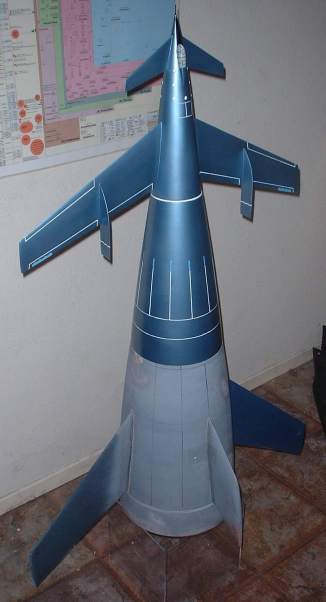
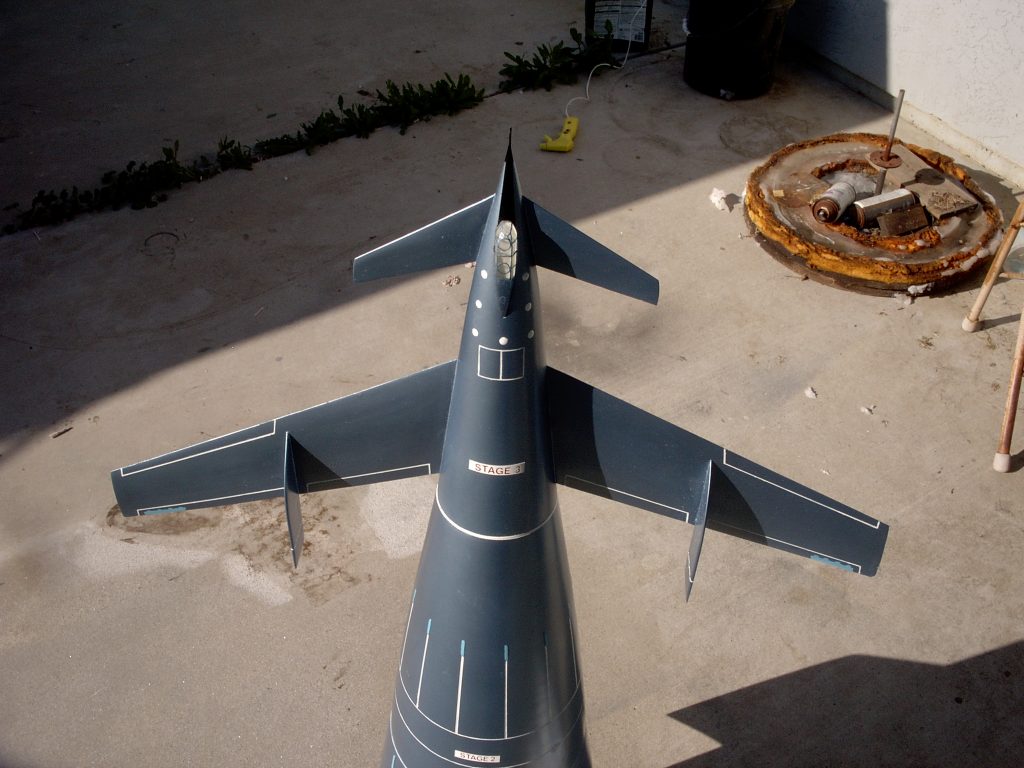
In addition, a 1/72 Mk 2 Ferry Rocket display model was also under construction when the project seemed to stall circa 2005. The glider was more or less finished, but I seem to have lost it.
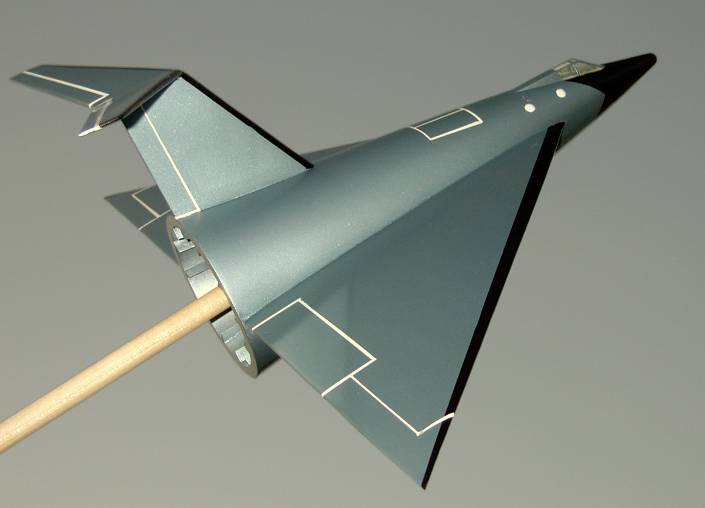
I still have some of the fiberglass molds used to make these, though I suspect they’re a little grotty.
